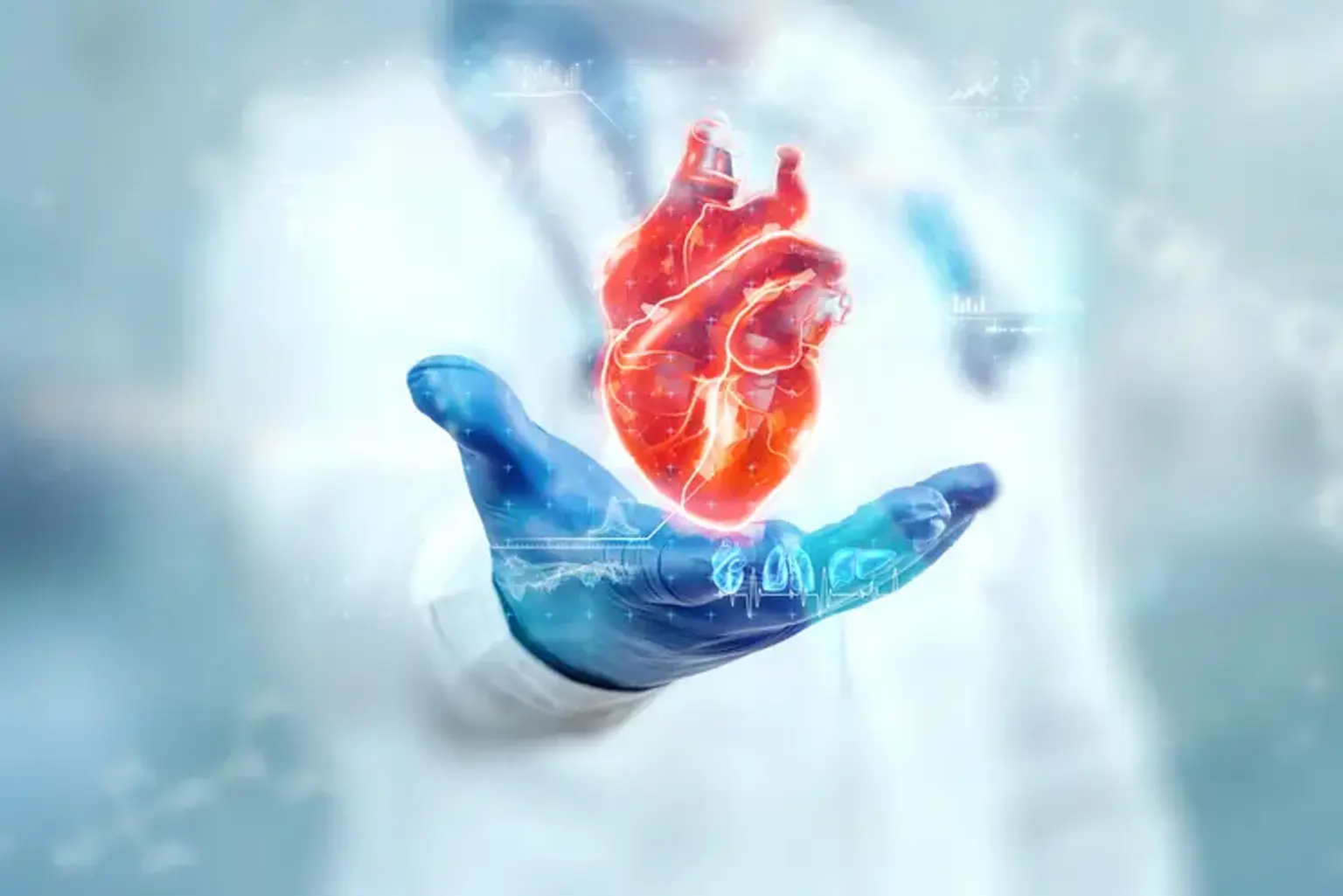Non-Invasive Cardiology
Overview
Cardiologists can diagnose cardiac problems using non-invasive procedures that don't involve injecting needles, liquids, or other tools into your body. The cornerstone of reasonable therapy, which will reduce morbidity and mortality, is accurate diagnostic assessment. A non-invasive evaluation may be recommended for patients with a history of heart disease, suspected valve dysfunction, or chest pain with no identified reason by their doctor.
The absence of scars and post-operative recovery is a benefit of non-invasive cardiology. Additionally, primary angioplasty, a non-invasive cardiology technique, is currently the gold standard of management for acute myocardial infarction.
